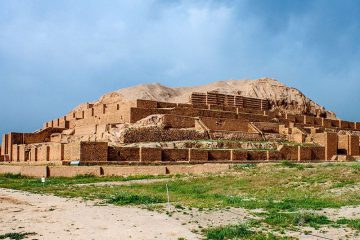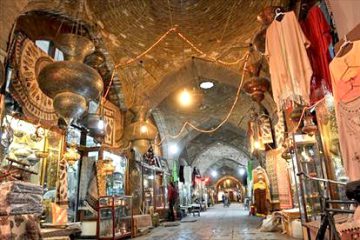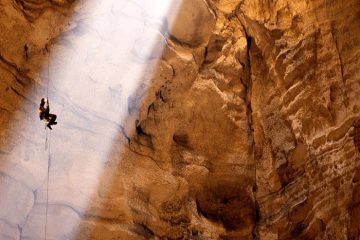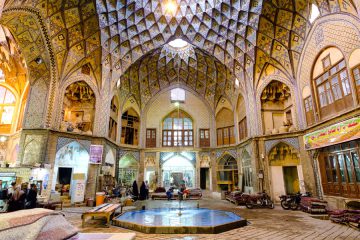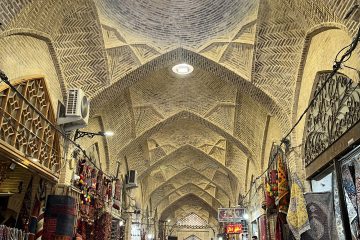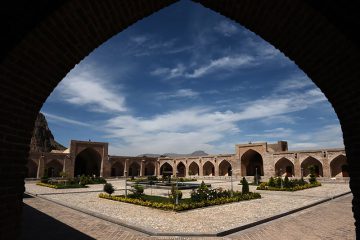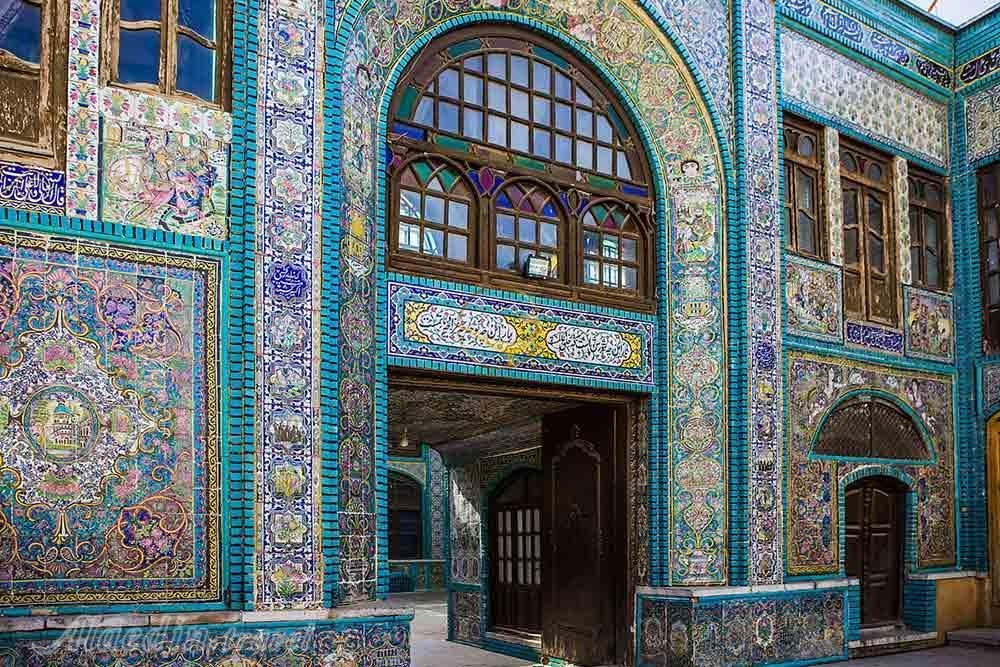
Moaven-ol Molk Tekyeh – Kermanshah Iran
A national heritage site, Tekyeh boasts outstanding architecture: all the walls of chambers in Hosseiniyeh are adorned with gorgeous tiles. The interiors of the arches are also coated in great tiling depicting mourning ceremonies for the third Shiite Imam.
Zeynabiyeh, in the middle, is an enclosed space with a set of chambers. The upstairs belong to women participants in the religious ceremonies. The walls here are also decorated with beautiful tiling, illustrating the tragic event of Karbala through 18 thought-provoking scenes.
Abbasiye, too, is noteworthy: the broad space with a two-story building on its east, and an iwan with 2 plane brick columns on the south, highlights intriguing 7-colored tiles portraying the impressive scenes of Joseph’s return to Canaan and Imam Ali and his son Imam Hossein (Peace Be Upon Them). Also some of the religious and political figures of Qajar era are beautifully drawn on tiles.
Muslim Calendar
The old monument with its dazzling tiling and admirable drawings attracts sightseers from Iran and the world.
Moaven-ol Molk Tekyeh (Persian:تکیه معاون الملک) is a Tekyeh and historical place located in Kermanshah city of Iran. It was built during Qajar era as a Shia mourning site. On 1 December 1975 Tekyeh Moaven al-molk was recognized as National monument of Iran. It is well known for its exclusive tiling, picturing Islamic era Ghazi (warrior), Battle of Karbala and Iranian kings such as Achaemenid kings and Persepolis. It has three main parts: Hussainiya, Zaeynabiya and Abbasiya. Museum of Anthropology of Kermanshah, and Clothes and Jewelry Museum of Kermanshah are located in Abbasiya

